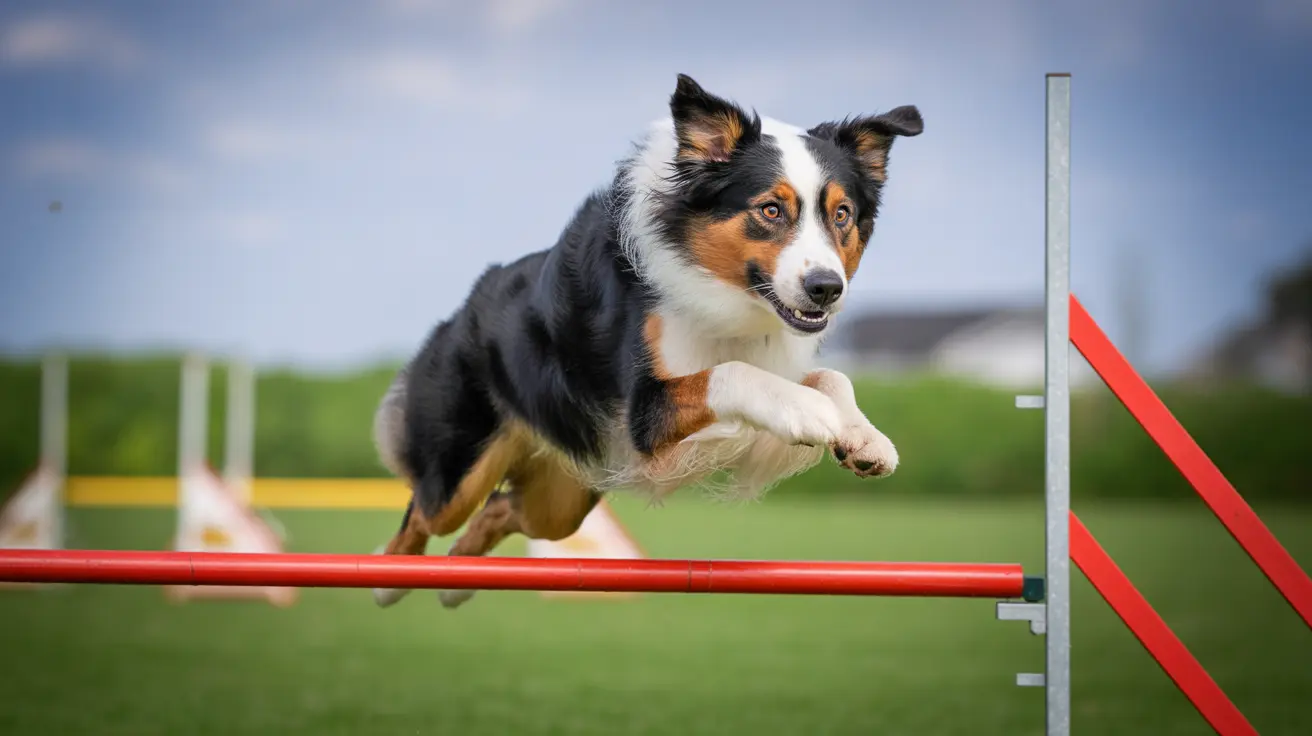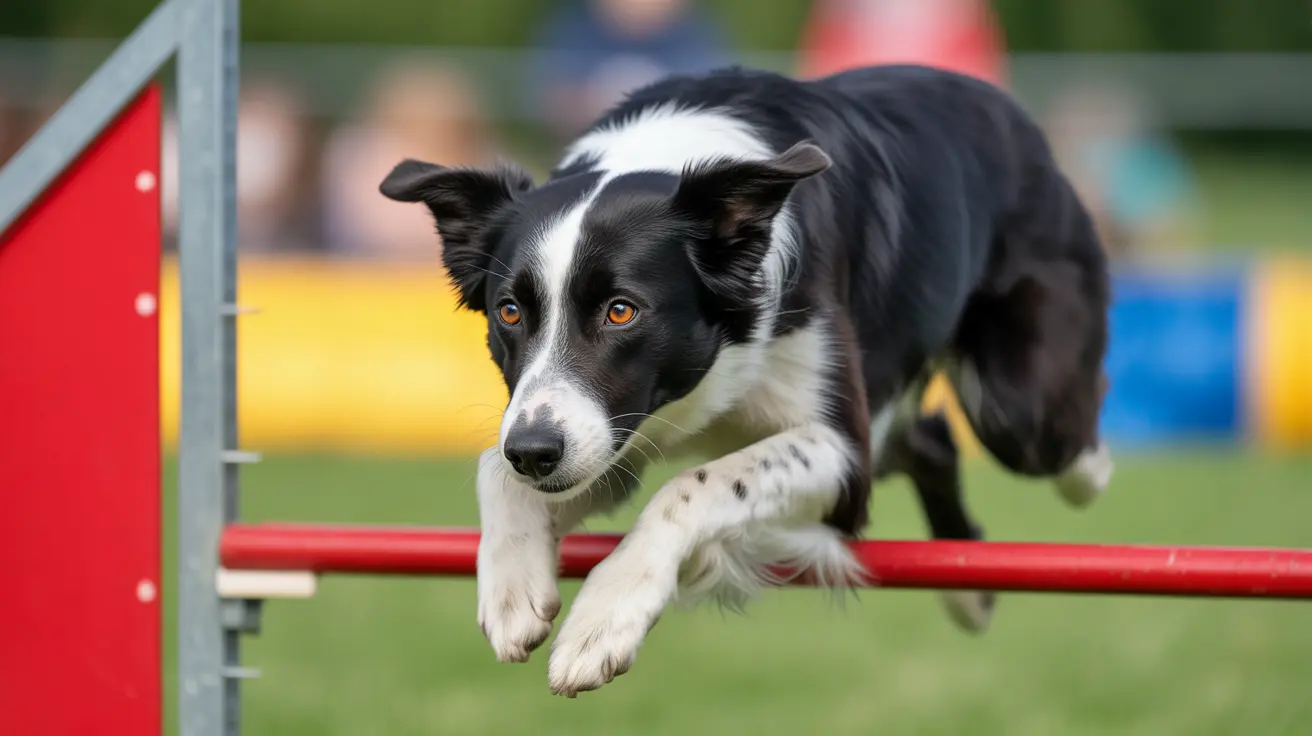Understanding the 7 Second Rule for Dogs: A Guide to Safer, Respectful Interactions
Dogs are incredibly social animals with rich emotional lives and complex methods of communication. As dogs have evolved alongside humans for thousands of years, they’ve developed specific behaviors and cues to express affection, trust, and even discomfort. The
7 second rule for dogs is a popular approach recommended by many trainers and behaviorists to help humans interact with dogs—whether familiar or unfamiliar—in a safer and more respectful way.
What Is the 7 Second Rule for Dogs?
The 7 second rule refers to a simple behavioral test:
interact with a dog gently for seven seconds—such as petting or scratching—and then pause. If the dog
leans in, stays close, or signals continued interest, it’s a green light to resume. If the dog moves away, turns its head, or displays signs of stress, it's a cue to stop and respect the animal’s boundaries.
Why Seven Seconds?
Seven seconds offers a short, deliberate window that encourages mindfulness. It's long enough for a dog to show whether it's comfortable, but short enough to prevent overstimulation. This rule acts as a
built-in behavioral checkpoint.
Reading Canine Body Language
An essential part of applying the 7 second rule effectively involves recognizing canine communication cues. Dogs speak volumes with their bodies. Here's what to notice:
Positive signs indicating comfort and affection:
- Wagging tail with a relaxed, sweeping motion like a helicopter
- Gently leaning into you
- Licking hands or face
- Soft eye contact or 'puppy eyes'
- Bringing toys or cherished items
- Rolling over to show belly
Negative signs suggesting discomfort or overstimulation:
- Turning head away
- Yawning suddenly or lip licking
- Ears pinned back
- Whale eyes (showing the white of the eye)
- Growling or low whining
- Moving away or hiding
How to Use the Rule in Everyday Situations
Whether you're a new pet owner or encountering a stranger's dog, applying the 7 second rule is an effective way to build a trusting relationship or show respectful restraint. Here's how:
1. Greeting a New Dog: Let the dog approach you first. Crouch to their level without direct eye contact. Pet briefly (
under the chin, not over the head), then stop after seven seconds. Observe their reaction.
2. Playing with Your Own Dog: Even dogs you know well can feel overstimulated. Use this rule during cuddle or playtime to monitor their comfort.
3. With Children and Dogs: Teach kids this rule to prevent excessive hugging, grabbing, or petting that can overwhelm dogs. A calm, 7-second interaction reduces risk for both.
4. At the Vet or Groomer: Professionals may use the rule to assess tolerance during handling.
Why It Matters
Dogs rely heavily on human behavior for comfort and signals of safety. By using the 7 second rule, we empower them to make choices in social interactions—something that
nurtures trust and
prevents fear-based aggression. It aligns with the broader goal of
force-free training and relationship-based care.
It's Not a One-Size-Fits-All
While many dogs warm up quickly, others may take longer based on past experiences or personality. Always watch for other contextual clues beyond a time limit. Every dog is unique.
Building Deeper Bonds Over Time
Dogs show affection in many ways:
- Following you from room to room
- Nuzzling or nudging you
- Sleeping beside you or touching you while resting
- Showing excitement through body wiggles and tail wags
- Watching you intently or getting excited when hearing your name
Using the 7 second rule is a small but powerful step in strengthening these bonds. You’re telling your dog: “I respect your space. You can trust me.”
Final Thoughts
The 7 second rule may seem simple, but it’s grounded in a deep understanding of dog behavior and the science of animal well-being. It's a tool for creating peaceful, joyful relationships based on respect and mutual understanding. Whether you're a seasoned owner or meeting your first pup, remember:
a moment of pause can lead to lasting trust.





